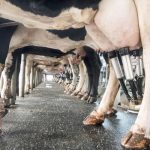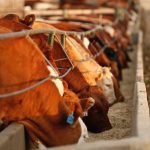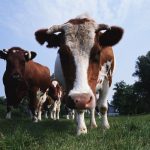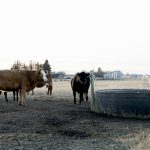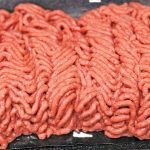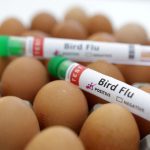Forage seed production may not receive the attention of many other parts of the beef industry, but it plays a crucial role. Nathan Siklenka and his father, Darrel Siklenka, own and operate Siklenka Seed Farm together near Glaslyn, Sask. The farm has been in operation since 1985. Siklenka Seed Farm is well known for its […] Read more



 Livestock
Livestock
